
The importance of environmental education in the early years now needs no introduction. But how do we sensitively teach children to understand the world in which, just this year, we have already witnessed the terrible destruction of so much of the Australian ecosystem? We are witnessing, too, the rise of the new generation who will be tasked with addressing the effects of global warming through the protests of Greta Thunberg and her young peers. Climate change is the reality with which the children in our settings will grow up, both in the news and on their doorstep.
‘Sharing stories’ is a concept repeated throughout the Development Mattersguidance on how to teach Understanding the World, the strand of the EYFS curriculum which reminds us to put these concerns at the heart of our pedagogy and provision. What are some of the stories we can share to embed environmental awareness in our classroom? Understanding the World’s three core elements can provide us with starting points in thinking about how to do so.
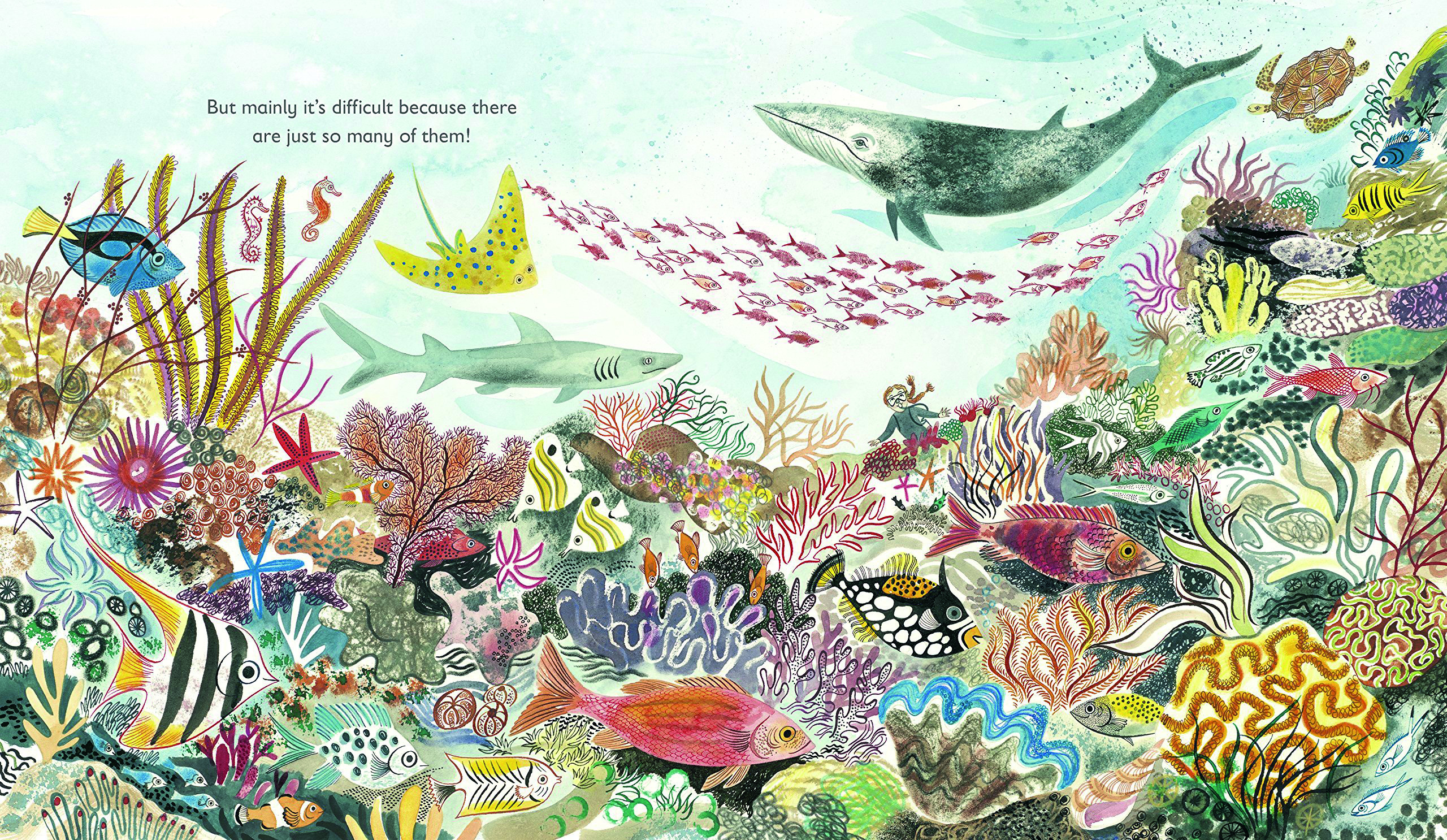
PEOPLE AND COMMUNITIES
This strand has been renamed People, Culture and Communities under the proposed revisions of the EYFS, but the focus remains the same. Use classic stories you likely already have in your book corner to draw children’s attention to differences in natural environments around the world.
How does the landscape (and the animals who live there, and the fruit and vegetables that grow there) differ in Eileen Browne’s Handa’s Surprise and Mairi Hedderwick’s Katie Morag and the Two Grandmothers? What similar role does the environment play in how Handa and Katie Morag interact with their family and friends?
The Water Princessis a new picturebook by Susan Verde, illustrated by Peter H Reynolds, which tells the story of a little girl’s life in an African village, explicitly shaped by the struggle there to obtain safe, clean drinking water.
This is an excellent book which provides ideas for how we can draw out environmental themes in the core texts we are already comfortable with in thinking about people and communities. How are people and communities in the stories we share impacted by their natural environments?
THE WORLD
The World looks set to be renamed The Natural World under the proposed revisions to the EYFS. There is a host of fantastic non-fiction picturebooks available to introduce children to concepts from ecosystems around the world, to the animal kingdom, and to the responsibilities we all have as citizens and stewards of the environment. These can be shared at storytime, as well as in introducing weekly themes, and as a resource in addressing children’s questions about the natural world and their place in it.
A list of ten to start building up your collection is opposite (see box). I’d recommend, too, keeping an eye on new publications by Flying Eye – a publishing house with a great record of high-quality non-fiction texts and ecologically minded picturebooks.
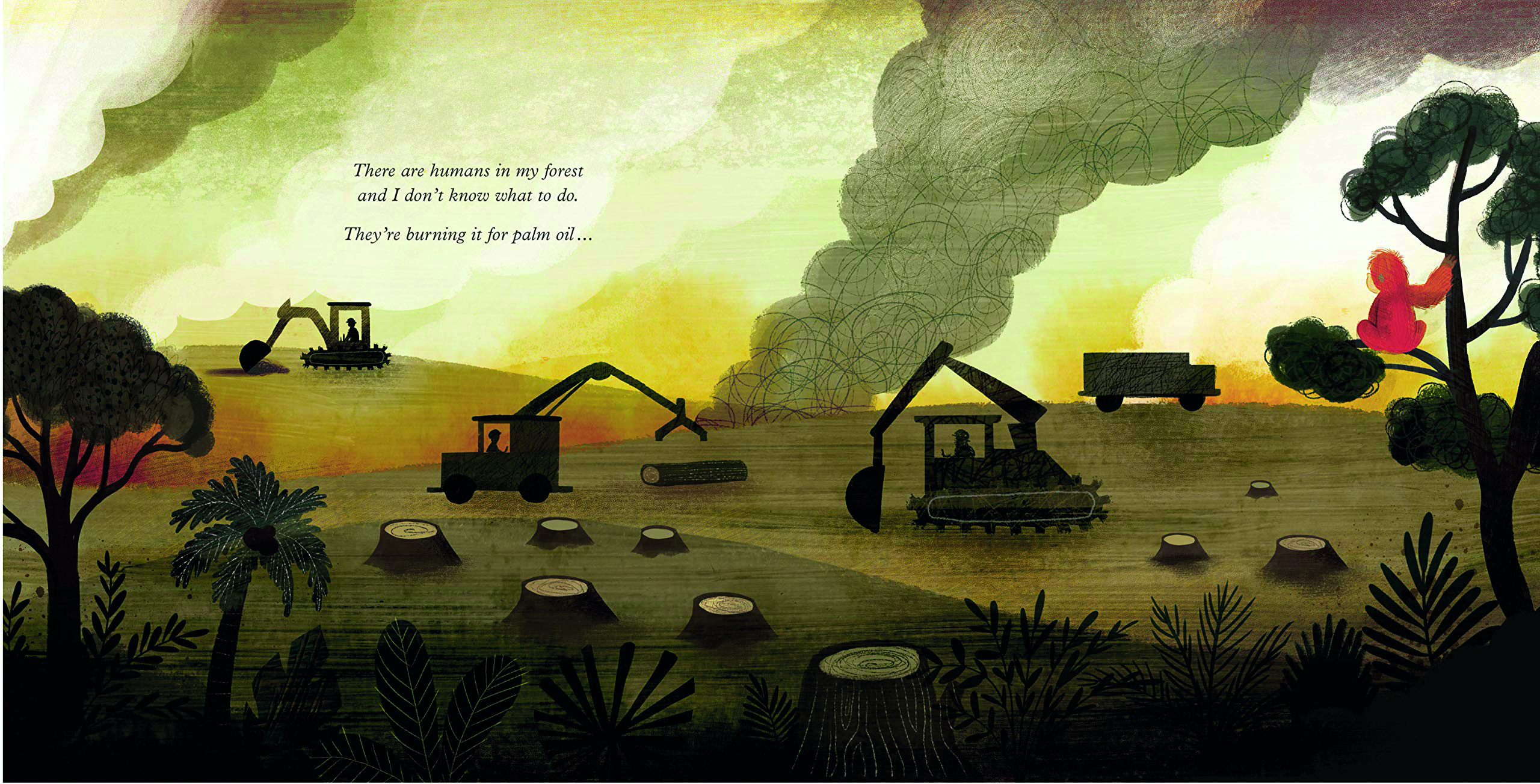
TECHNOLOGY
The Technology goal has been removed from the latest proposed version of the EYFS because, explains the Government in its consultation document, ‘this has little value as an end-point measure in itself’. This does not mean that technology should disappear from the early years curriculum. Just as ‘Shape, space and measure’ has been removed as an assessment goal but should remain an important part of the early years curriculum, so too should technology.
Technology needn’t be limited to the computer corner in our setting, or to children’s interaction with iPads and BeeBots. The wheels and weights we provide in the water area are forms of technology which children can be encouraged to start thinking through in a new light after interacting with stories like The Water Princess.
We can use non-fiction texts to think about how the food we eat is grown, how litter is recycled, and how we travel. Each of these three topics involves technology and innovation in a different sense from that which might usually spring to mind in how this strand is traditionally approached and evidenced in the classroom.
In thinking about technology and transport, for instance, Freight Train by Donald Crews is a classic picturebook which can start a conversation about how the food we eat and the clothes we wear make it to our shops from all over the world.
Night Light by Nicholas Blechman is a new picturebook that will be enjoyed by very young readers, and can provide a space for them to start thinking about the role technology plays across transport: how do we light up different vehicles so we can travel at night?
Carl Johanson’s All Kinds of Carsis an entertaining picturebook which is suitable for all ages in the early years and imagines all sorts of whacky modes of transport. What inventions can it inspire the children in your setting to design to meet the demands of their environments, real or imagined?
IN CONVERSATION
One of the purposes of lift-the-flap books such as Dear Zoo by Rod Campbell is to encourage children to investigate the world around them in the same way they are encouraged to do in the reading corner by looking over, under and into objects to explore and investigate what they might contain. This sense of curiosity shouldn’t be lost if pages don’t flip and flap!
Stories like Farmer Duckby Martin Waddell, illustrated by Helen Oxenbury, follow on from Dear Zoo’s focus on animals, where they live (in zoos as well as in their natural habitats), what we think of them, and how we treat them. Both picturebooks raise issues of ethics, sustainability and natural and unnatural environments for animals: what conversations can they start about how we look after animals, and what they do for us?
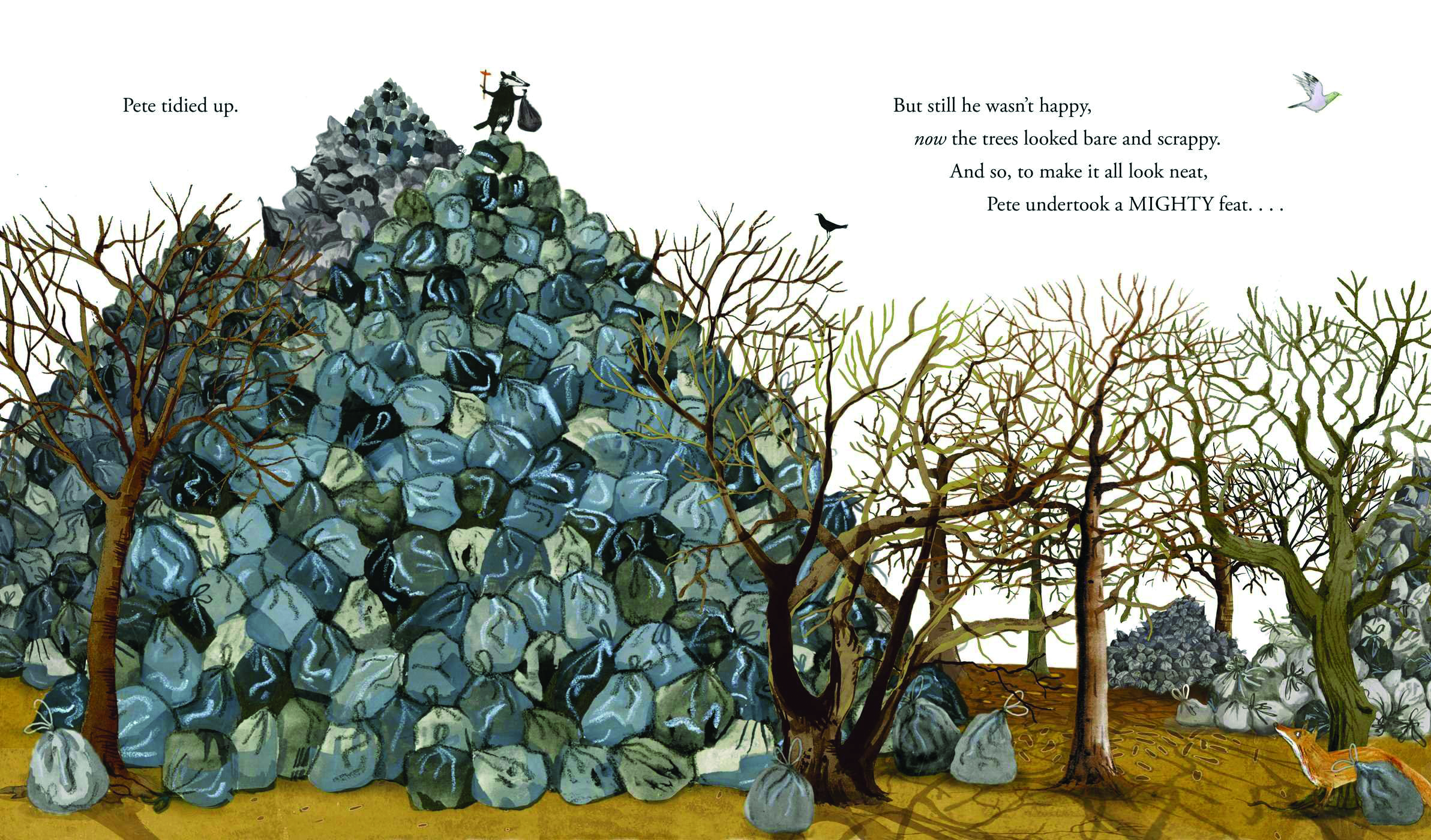
HEADING OUTSIDE
Don’t be afraid of taking storytime outside. Can you find time once a week to share a story in a natural environment, perhaps as a way of setting focus and stimulating children’s attention for a really engaged session in forest learning? Big books are perfect for this for shared storytime, as are non-fiction picturebooks, which can be passed around in smaller groups led by classroom practitioners.
If you are using a lot of non-fiction picturebooks, why not use a camera to make your own in response to your children’s interests outdoors? Be it clouds, leaves, ice, or litter, use recording and publishing technology to reflect upon the children’s own environment at school, or from their travels beyond the classroom with the help of parents and guardians’ snaps of holidays and home countries. Be guided by their interests and prepare to be surprised! Your own books, of course, don’t need to be non-fiction. Perhaps you can create a shared story following the children’s interest in the lifecycle of an insect, or imagine a day in the life of a plastic bag.
THEMED COLLECTIONS
As we approach spring, I imagine children will soon be looking at copies of Eric Carle’s The Very Hungry Caterpillar in settings across the country to accompany real-life caterpillars as they start their process of becoming butterflies.
In my own setting, I made sure to keep a selection of relevant texts in our nature area year round, mixing non-fiction books about seasons and the natural world with picturebooks and stories about the animals we look after ourselves.
There is, perhaps surprisingly, a good number of stories that choose snails as their lead character. Favourites include Are You a Snail? by Judy Allen and Tudor Humphries, Snail Trail by Ruth Brown, and Norman the Slug with the Silly Shell by Sue Hendra.
Animal stories often help us reflect on diversity and relationships within our own, human community. Stories like Slug Needs a Hug by Jeanne Wills and Tony Ross provide a space for thinking about emotions, people and communities just as much as they do the natural world.
NON-FICTION PICTUREBOOKS
- Lots: the Diversity of Life on Earth by Nicola Davies and Emily Sutton – An introduction to the concept of biodiversity for younger children.
- It Starts with a Seed by Laura Knowles and Jennie Webber – Follow a seed as it transforms from a seedling to a sapling, a young tree to a large tree with its branches filled with woodland creatures, such as squirrels, rabbits, butterflies and owls – who make it their home.
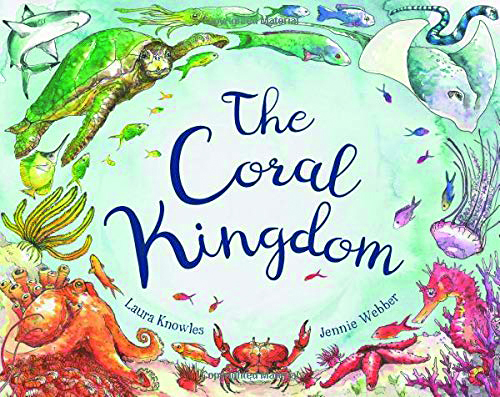
- The Coral Kingdom by Laura Knowles and Jennie Webber – A celebration of the diversity of life on a coral reef, with a strong ecological message about the need to protect these precious environments.
- Wangari’s Trees of Peace by Jeanette Winter – The true story of Wangari Maathai, environmentalist and winner of the Nobel Peace Prize.

- If Sharks Disappeared by Lily Williams – Sharks help to keep the oceans healthy, but with overfishing their numbers and threatened – and what would we do without them?
- Over in the Ocean, in a Coral Reef by Marianne Berkes and Jeanette Canyon – A counting book introducing children to creatures of the coral reef.
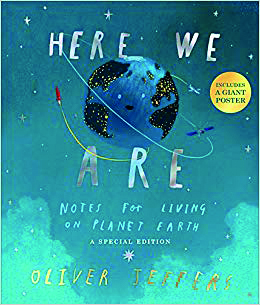
- Here We Are: Notes for Living on Planet Earth by Oliver Jeffers – Notes about land and sky, people and time guide us on a journey around our world.
- Touch the Earth; Heal the Earth; Love the Earth series by Julian Lennon with Bart Davis and Smiljana Coh– Jump aboard for a journey around the world and lessons in helping to save the environment.
- The Earth Book by Todd Parr – Smart and easy ideas to protect the environment, from planting a tree and using both sides of the paper to saving energy and reusing old things in new ways.
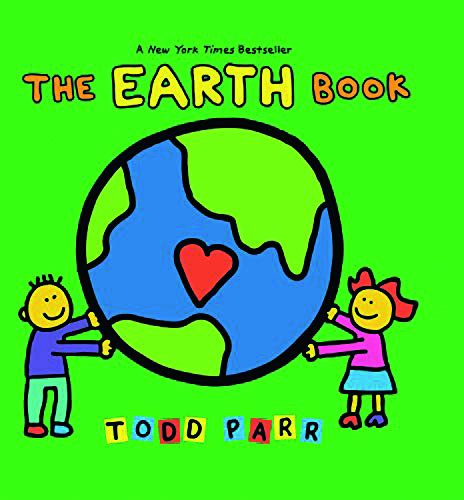
- Ten Things I Can Do To Help My World by Melanie Walsh – Simple ideas on conserving resources and protecting the world, from turning off lights when leaving a room to feeding the birds in winter.
ENVIRONMENTAL CLASSICS NEW AND OLD
- The Little House by Virginia Burton – A cottage becomes engulfed by the city but is finally loaded up and taken back to the country.
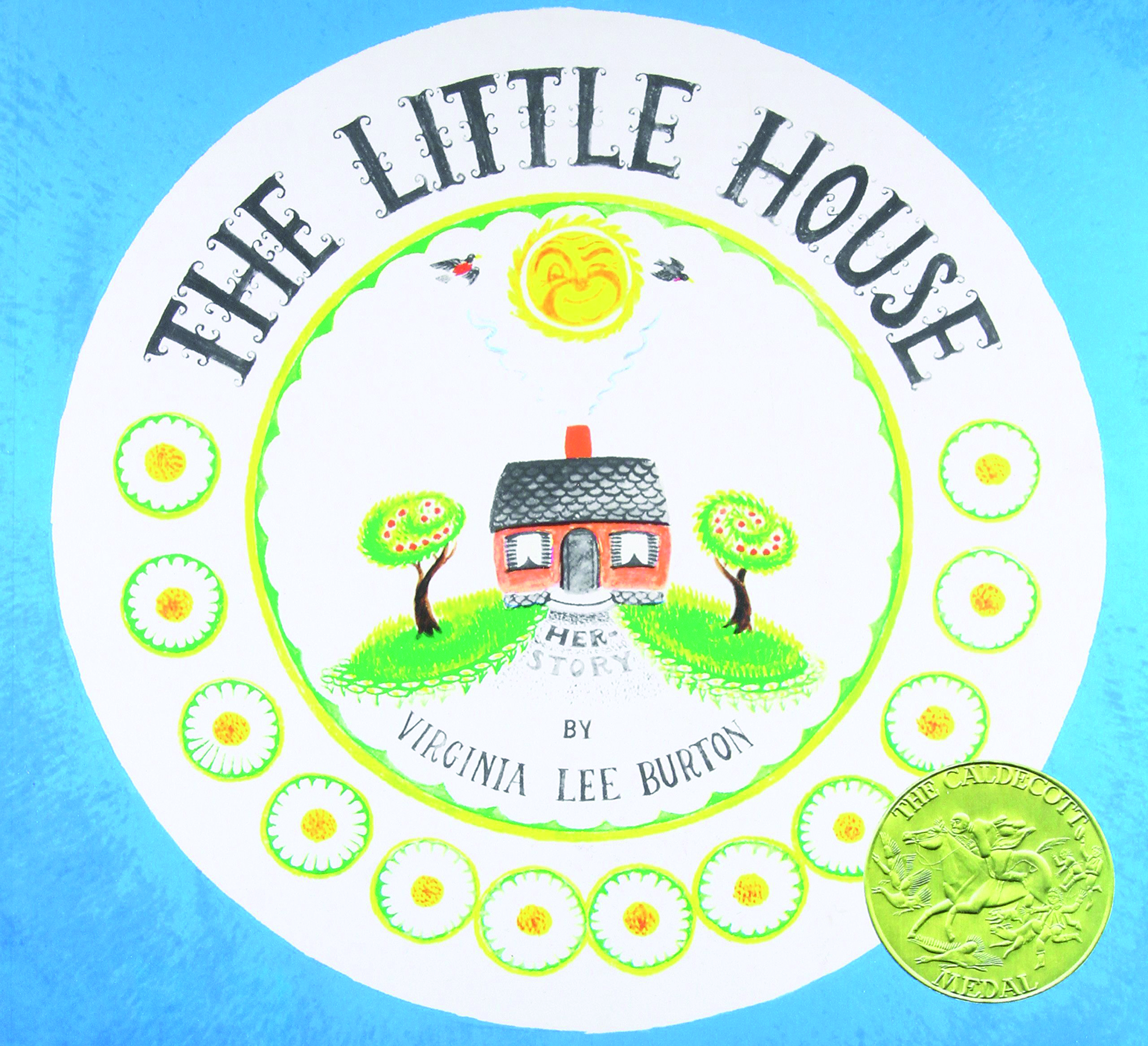
- The Lorax by Doctor Seuss – The Lorax is the original eco-warrior, speaking for the trees and confronting the Once-ler, who causes environmental destruction.
- The Snail and the Whale by Julia Donaldson and Axel Scheffler – A little snail longs to see the world and hitches a lift on the tail of an enormous whale. Then one day the whale is beached in a bay.
- The Last Wolf by Mini Grey – Little Red sets off to catch a wolf, but the woods aren’t all they seem – and are there even any wolves left?
- Tidy by Emily Gravett – Super-tidy Pete the badger collects one fallen leaf, a decision that escalates into destruction of the forest! Will Pete real
 ise the error of his ways?
ise the error of his ways? - Somebody Swallowed Stanley by Sarah Roberts and Hannah Peck – Unlike most jellyfish, Stanley has two handles and stripes. A powerful message about plastic pollution.
- There’s a Rang-Tan in My Bedroom by James Sellick and Frann Preston-Gannon – An orangutan has an important message about how growing palm oil, to put in everything from shampoo to chocolate, is destroying his rainforest home.
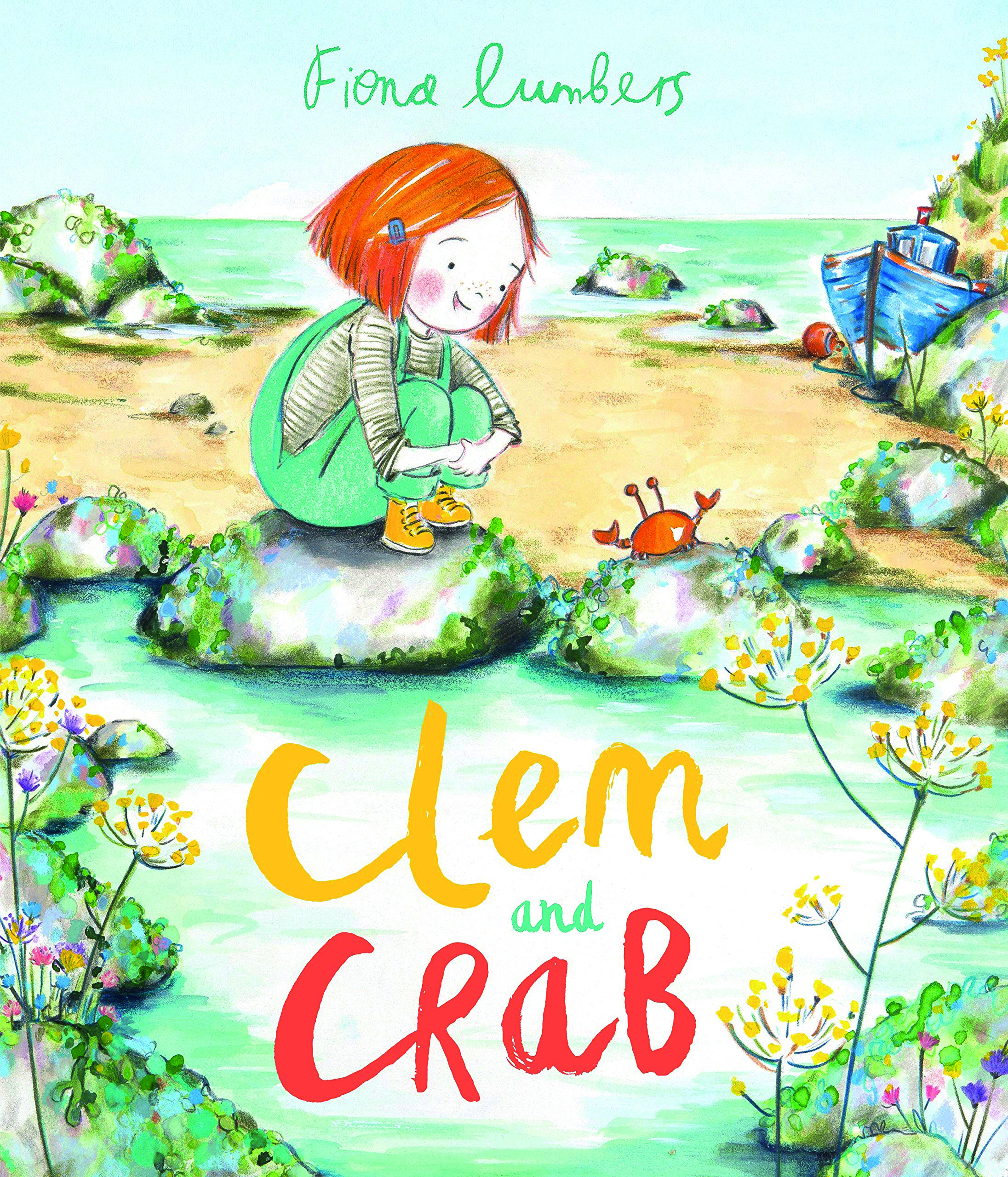
- Clem and Crab by Fiona Lumbers – Explorer Clem stumbles across Crab with his claw stuck in a plastic bag. How can she really help him?
- Charlie and Lola: Look After Your Planet by Lauren Child – When Lola wants to throw things away, Charlie gives her a lesson in recycling.
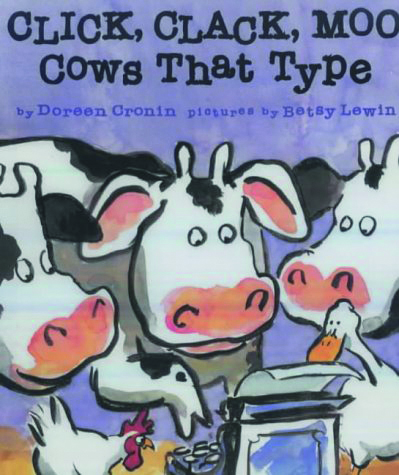
- Click Clack Moo: Cows that Type by Doreen Cronin and Betsy Lewin – Farmer Brown’s cows like to type and leave a note demanding electric blankets… but where will their demands end?
Andy McCormack is an Early Years Teacher studying for his PhD at the Centre for Research in Children’s Literature, University of Cambridge









